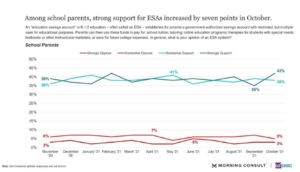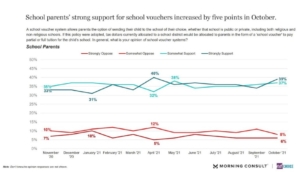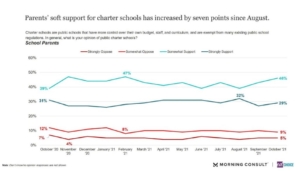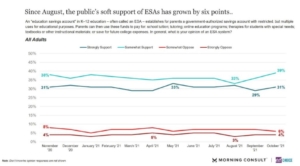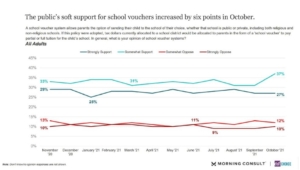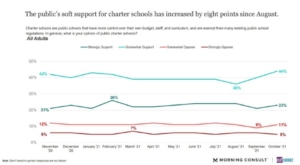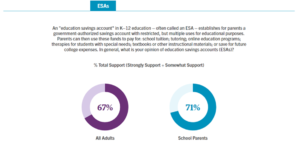Squirrels don’t understand Thanksgiving.
They see us loading our homes full of food for days, and they feel a sense of tribal solidarity. They get that. Then, suddenly, we sit down and EAT IT ALL IN ONE DAY.
What are we thinking?!!
This really confuses squirrels. How will those tall, furless bipeds survive the winter?!! They just ate all their food! It hasn’t even snowed yet! THEY’RE ALL GOING TO DIE!!
Chipmunks, by the way, just hope we all die soon so they can move into the basement.
Squirrels and chipmunks, not to mention bears, think we’re idiots because they know nothing of markets. If they wandered into a supermarket, they’d think it was a place where humans stored locally gathered food for the winter. The idea of a place where creatures trade money for food, and then more food appears the next day, brought from all over the world, would blow their little minds.
Although bears are pretty smart, so they might figure this out one day. They can already open car doors. The inevitable next step is driving to the corner store for salmon jerky and a six-pack of honey wheat ale.
But bears don’t do this yet. Instead, they store fat for a long winter’s nap. Sounds awesome. Unfortunately, humans can’t get through winter by lowering our metabolism and reducing our energy consumption. We increase our energy consumption to stay warm.
We can hoard food. We could salt meats and store corn like our ancestors did, or fill our garages with canned goods, bottled water and ammo (you know who you are).
But thanks to global trade, we don’t have to do this. We can get bananas from Ecuador, bacon from North Carolina, coffee from Brazil, and crazy snack foods from Japan whenever we want.
What about the other thing that keeps us alive all winter: warmth?
Humans survive long, cold winters by building, then powering and heating, shelters. Mostly we power and heat them by burning things (oil and gas, a tiny bit of coal) or splitting atoms.
Now, New England does not supply its own oil or gas. Like those crazy Japanese snacks, our winter fuels come from far away places where people speak different languages — places like Texas and Louisiana.
One might understand that in a region reliant on importing the fuel that keeps us warm, it’s not a terribly good idea to try to hurt the people who bring us these fuels.
And yet…
In Boston, the new mayor has signed an ordinance requiring the city to divest from fossil fuel companies, as if the people who keep Boston habitable during the winter are evildoers.
U.S. Sen. Elizabeth Warren, D-Harvard Faculty Lounge, portrays oil and gas companies as sinister malefactors who prey on Americans for fun and profit. Harvard also has divested from fossil fuels, by the way.
You wouldn’t know from talk like this that natural gas generated more than 50% of New England’s electricity last year, or that Northeastern states consume 86% of the nation’s home heating oil.
Wind and solar power, as nice as they are, generated 6% of New England’s electricity last year. They won’t replace oil and gas anytime soon.
This winter is projected to be mild. ISO New England, the region’s power grid operator, expects energy use to be lower this winter than last, and our power supply to be adequate.
Still, that prediction came with what is now an annual warning. The winter of 2017-18 brought a cold streak so long that the region came within two days of rolling blackouts. Why? Because we have put unnecessary constraints on our energy supply by blocking new pipelines and scaling back nuclear plants.
ISO New England has a whole page of its website devoted to explaining how the region is in a dangerous position because of constraints on its natural gas supply.
A study by Carnegie Melon’s Tepper School of Business earlier this year found that New England’s artificial constraints on natural gas have caused routine power plant outages and cost the region $1.8 billion during the cold winter of 2014 alone.
“Gas supply issues have affected the ability to generate electricity during times of high demand,” professor and study co-author Jay Apt said at the time.
They recommended building natural gas storage facilities (with battery storage being another possible option). They didn’t ask the squirrels, but the squirrels would approve.
ISO New England points out that a mild winter is a time to plan for the future — because a cold winter is coming eventually. And if our economy to grows, energy demand will grow with it, increasing the need for more reliable supplies.
Building more base load energy capacity is the way to prepare for the cold winter that we all know is coming eventually.
Some mammals, though, seem oblivious to the tremendous amount of planning, preparation and investment it takes for their species to survive New England winters. They say we can do without more base load power and without more reliable access to the fuels that generate the lion’s share of our electricity and heat most of our homes.
The squirrels think they’re nuts.








